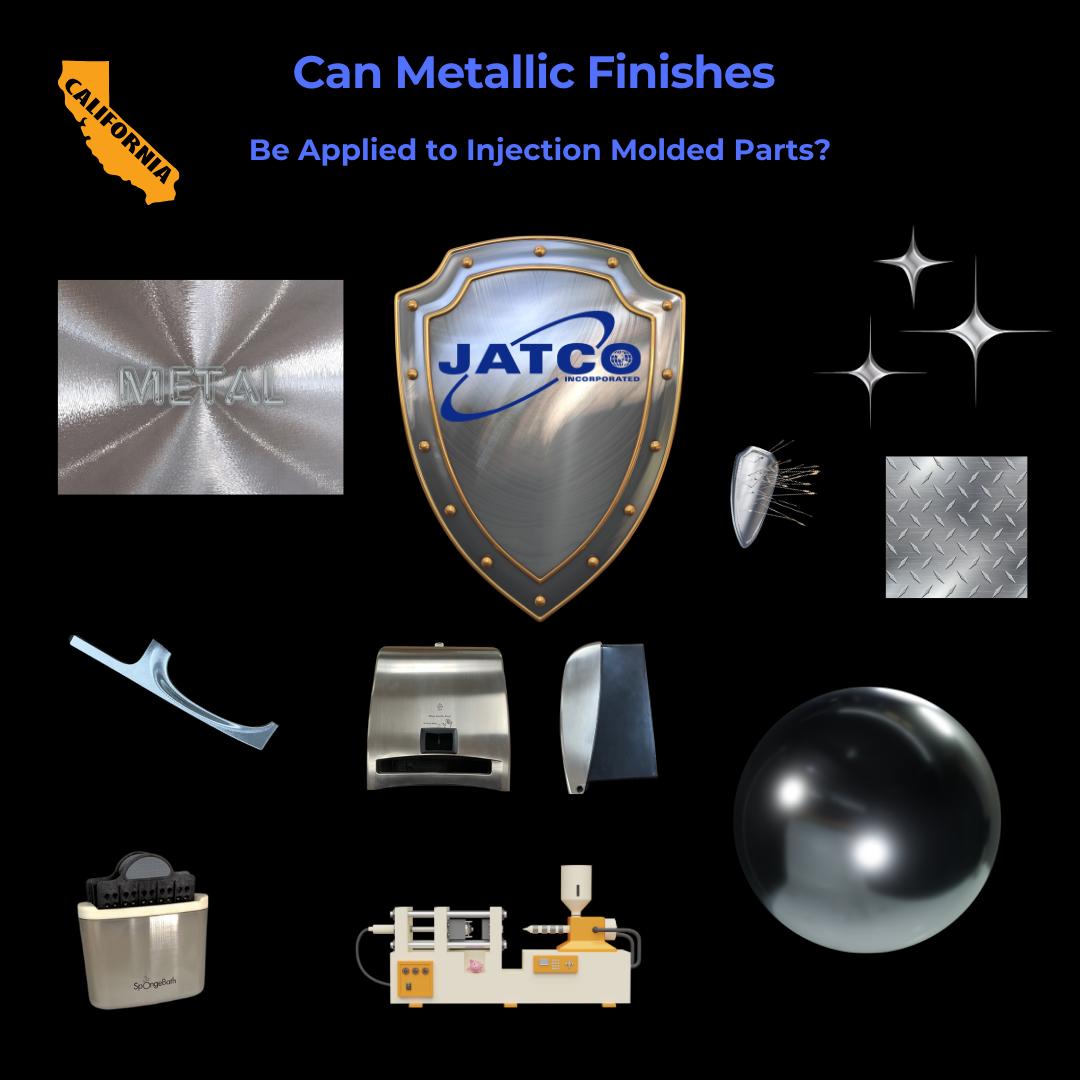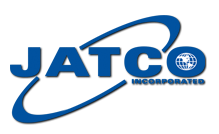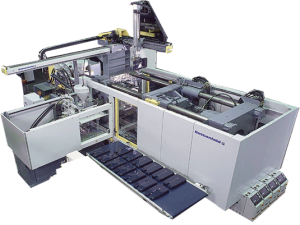Injection molding is often associated with the production of plastic components, but did you know that it’s possible to achieve beautiful and durable metallic finishes on these parts as well? These finishes can elevate the aesthetic appeal of a product, adding a touch of luxury and sophistication. They also serve functional purposes, enhancing resistance to scratches, fading, and corrosion. Many industries we work with rely on metallic finishes to meet their unique requirements and create visually striking products.
Common Types of Metallic Finishes for Injection Molding
Let’s explore some of the most popular metallic finishing techniques used in the injection molding industry:
- Chrome Plating: This classic technique creates a mirror-like, highly reflective surface by electroplating a thin layer of chromium onto the molded part. Chrome plating offers excellent durability and is often used for automotive components, plumbing fixtures, and decorative items.
- Metallic Paint: Specialized paints containing metallic particles can be applied to injection molded parts to achieve a metallic look without the need for electroplating. These paints come in a wide range of colors and finishes, offering greater design flexibility.
- Metallic Powder Coating: This process involves applying dry, electrostatically charged metallic powder to the part’s surface. The powder is then cured under heat, creating a durable and vibrant metallic coating. Powder coating is known for its excellent adhesion, chip resistance, and wide range of color options.
- Vacuum Metallization: This advanced technique involves depositing a thin layer of metal onto the part in a vacuum chamber. Vacuum metallization allows for a variety of metallic finishes, including chrome, gold, and copper, with precise control over the thickness and uniformity of the coating.
Key Considerations for Applying Metallic Finishes
Achieving a successful metallic finish on injection molded parts requires careful planning and attention to detail. Here are some essential factors to consider:
Material Selection: The choice of plastic material is crucial for achieving the desired metallic finish. Some materials bond better with certain finishes than others. For example, ABS plastic is often preferred for chrome plating due to its good adhesion properties.
Mold Design: The design of the injection mold plays a significant role in the final appearance of the metallic finish. Surface textures, draft angles, and gate locations can all affect the way the finish adheres to the part.
Preparation and Cleaning: Proper preparation of the molded part is essential for ensuring good adhesion of the metallic finish. This includes cleaning, degreasing, and sometimes applying a primer layer.
Finishing Process: The specific finishing process chosen will depend on the desired look, budget, and performance requirements. Each technique has its own set of advantages and limitations.
Quality Control: Rigorous quality control measures are crucial for ensuring the consistency and durability of the metallic finish. This includes inspections for defects, adhesion tests, and environmental exposure tests.
Partnering with Plastic Manufacturing Experts
The application of metallic finishes to injection molded parts is a specialized field that requires expertise and experience. At JATCO, we have a team of skilled professionals who are passionate about delivering high-quality finishes that exceed our customers’ expectations. We work closely with our clients to understand their unique requirements and provide tailored solutions that meet their specific needs.
Whether you’re looking for a classic chrome finish, a vibrant powder coating, or a sophisticated vacuum metallization, we have the knowledge and capabilities to bring your vision to life. Contact us today to learn more about our metallic finishing services and how we can help you elevate your products to the next level.


